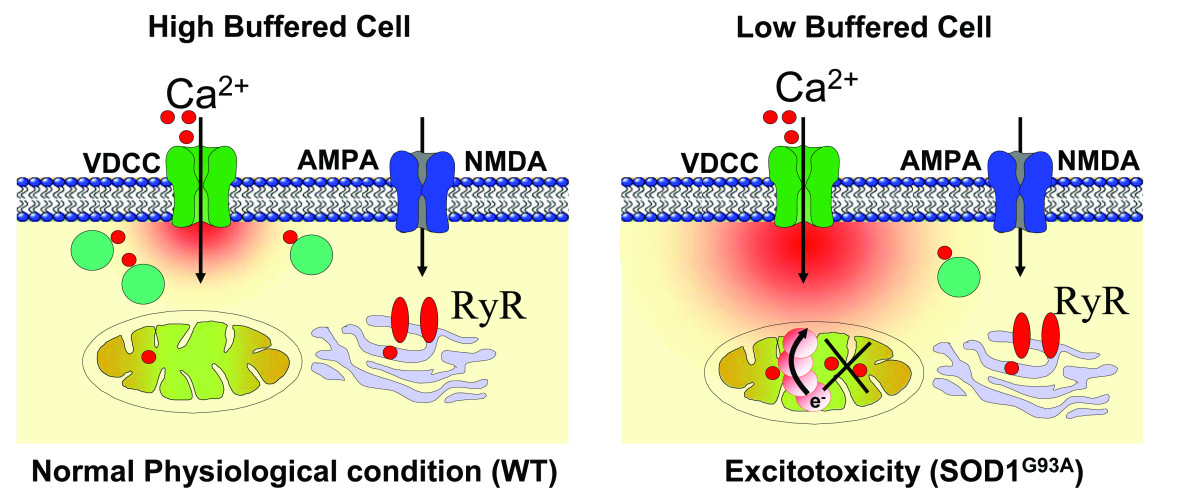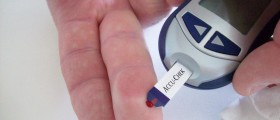Oxygen and Oxygen Levels - Introduction
Oxygen is an essential gas for human body necessary for many vital processes. People cannot live without proper supply of oxygen. After being inhaled the oxygen is bind by the hemoglobin, a protein in the erythrocytes, and then transferred into each and every cell in the body. Unfortunately, human body simply cannot store oxygen and this is why it is required all the time so any interruption in its supply leads to rapid development of characteristic symptoms and signs of its shortage.
There are specific levels of the oxygen in the blood. If there is not enough oxygen in the blood this is medically known as hypoxemia. The demand for oxygen rises during certain activities such as sports, severe exertion and stress.
- the effect of hypoxia on the respiratory centers,
- the effect of PaCO2 on the ventilatory response to hypoxia,
- the hypoxia threshold that precipitates dyspnea,
- the limited accuracy of SpO2 below 80%,
- shifts in the oxygen dissociation curve,
- the tolerance of low oxygen levels,
- and the definition of hypoxemia.
Low oxygen levels can be easily confirmed by a simple blood test called the Arterial Blood Gases test (ABG). Furthermore, the level of oxygen can be measured by a pulse oxymeter. These measurements give perfect insight in whether the body suffers from insufficient supply with oxygen or its levels are normal.

Causes of Low Oxygen Levels
There are many causes of low oxygen level. Hypoxemia occurs either due to improper saturation of oxygen in the air people breath or is caused by certain illnesses which simply do not allow oxygen to reach the alveoli.
The level of oxygen in the body most commonly drops due to injury or certain illnesses. It typically affects people suffering from heart attack, asthma, chronic alveolar hypoventilation, pulmonary embolism, severe head trauma, carbon monoxide poisoning, suffocation, and choking.
If there is not enough oxygen in the air we breathe the person develops so called hypoxic hypoxia. The leading cause of hypoxic hypoxia is high altitude sickness and inadequate ventilation.
If there is no oxygen at all the condition is called anoxia. This is an extreme form of hypoxia.
Symptoms of Low Oxygen Levels
The symptoms and signs of low oxygen levels include air hunger, dizziness or vertigo, intensive headache, mental and muscle fatigue, and nausea. One may experience hot or cold flashes and tingling sensation. There is also problem with vision. Serious lack of oxygen features with cyanosis (blue discoloration of the skin). In extreme cases patients develop seizures and may end in coma. Lethal outcome is also possible but only if one is totally deprived from oxygen.
Treatment for Low Oxygen Levels
If left untreated hypoxia leads to death. In hypoxia one must be assisted with breathing. The best way is if the patients are hospitalized as soon as possible. Patients suffering from extreme hypoxia are put on ventilator which assists in breathing.
After the patient is stabilized and the level of oxygen normalized the doctors perform additional tests and examinations to establish the underlying cause. The best thing is to act promptly and help the patient to be well supplied with oxygen since if he/ she is left without oxygen for even a short period of time many serious complications can occur and most of them such as brain damage are irreversible.

















Your thoughts on this
Loading...